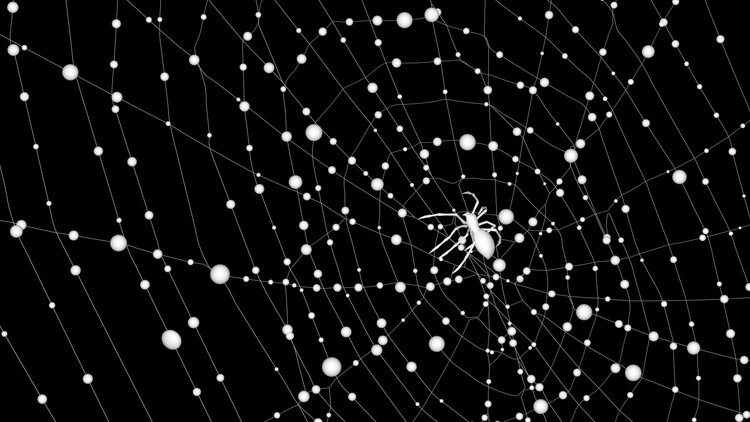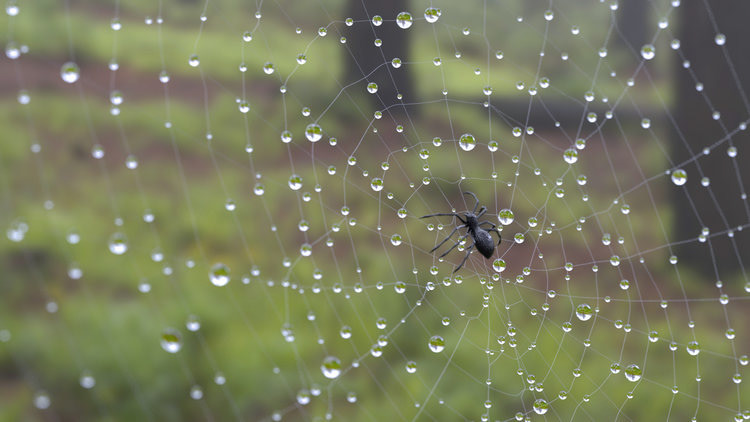These 3D projects were created to explore different technical and creative methods within a 3D software.
Pumpkin Globe: Royalty free 3D models were imported into Autodesk Maya. They were then re-topologized to reduce and manage the polycount. Image based lighting technique was used to light the scene by using an HDRI image. Additional lights were created within Maya to light the scene. The scene was rendered using Pixar's RenderMan.



Antique Store: This Autodesk Maya project was inspired by a trip to the local antique store. Reference images of various objects were taken to aid in the process of modeling and composing the scene. The 3D models were then textures using a combination of photoshop painted textures, procedural texturing within Maya and Substance Painter. Two variations of lighting was created, one day and one night. The final scenes were rendered using Vray.



Tea Room: This whole scene was modeled, textured and lit without the use of a GUI (Graphical User Interface) and only coding a RenderMan RIB file using OSL (Open Shading Language). The blue flower behind the teapot was the only object coded using MEL (Maya Embedded Language) and then imported into the scene using OSL. The final scene was rendered out using Pixar's RenderMan.
1966 Volkswagen Beetle 1300 Shader Development: This shader experiment was inspired by the Dogbane Leaf Beetles. I attempted to recreate the iridescent quality of the beetle's exoskeleton. A royalty free model of the car Volkswagen Beetle was used to test the shader. The shader was created within Maya using node based renderer Arnold. The final scene was also rendered out using Arnold.




Spider: This project was created to test out realistic style rendering. The dew droplets in the image were created using SideFX Houdini and then an fbx export of the model was imported into Maya for texturing and lighting. The spider web was created in Maya using Ncloth. The spider model used is a royalty free model I downloaded and imported into maya and textured. Different passes of the final scene were rendered out of Maya using Arnold and then composited using the compositing software Nuke.


Spiderverse Shader Study: The purpose of this study was to learn about the shader characteristics used in the movie Spiderman into the Spiderverse and then try to recreate the shader. The shader recreation was done within Maya using Arnold and then tested out on a royalty free model. Two different variations were used to test the shader. In variation one a standard shader was used as the base and the shader was layered on top, this made the object seem more 3 Dimensional. The second variation used a toon shader as the base which made the model look 2 Dimensional. In conclusion, I thought the shader was more effective when layered on a toon shader base.


